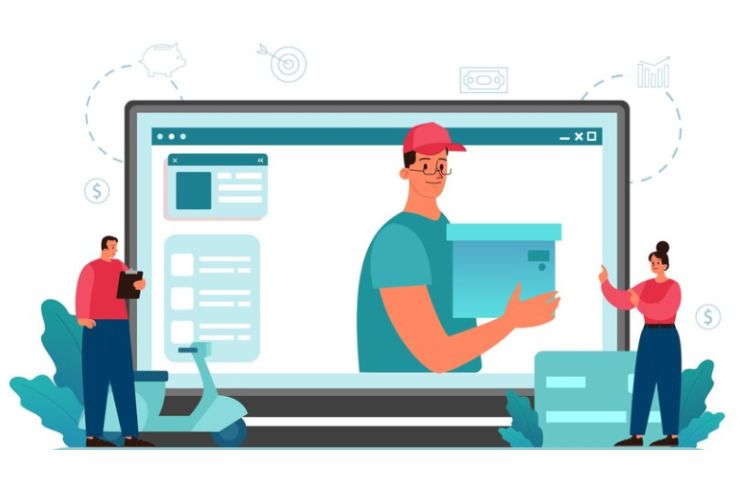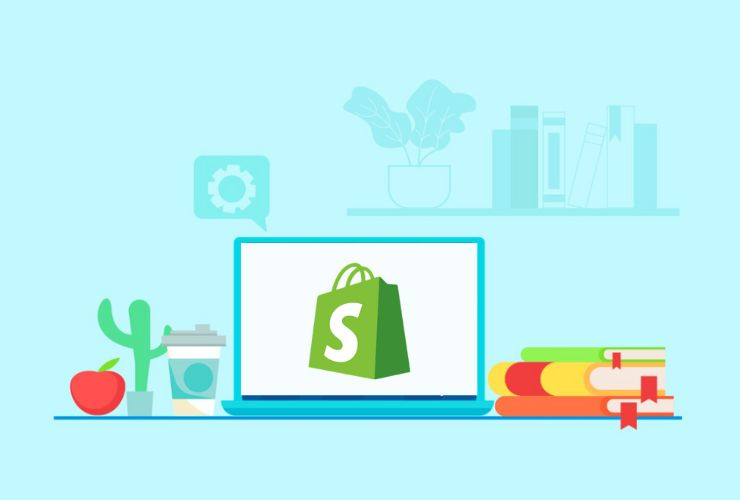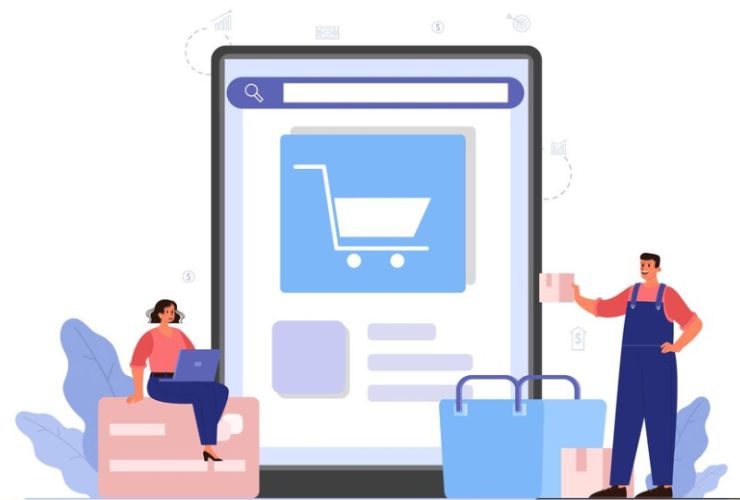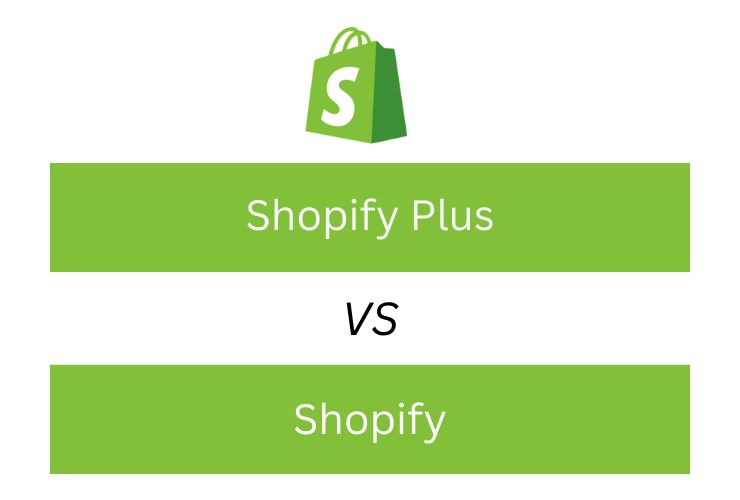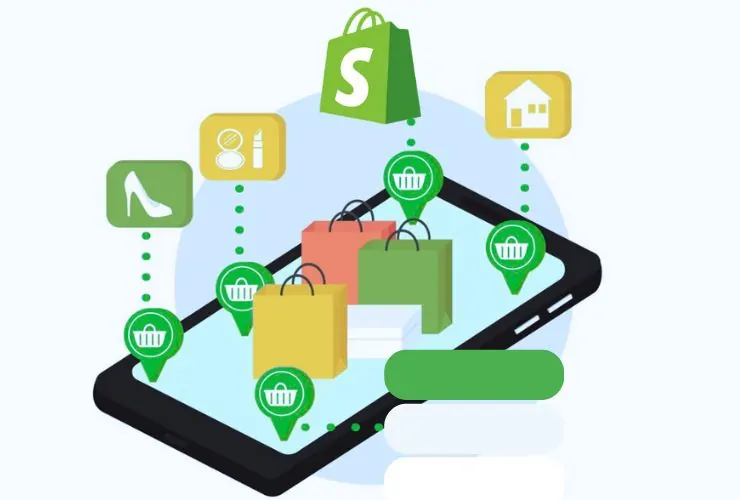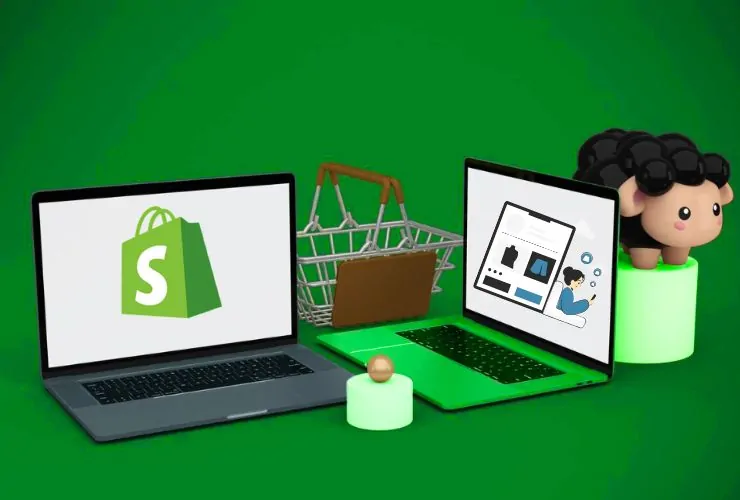Dropshipping is one of the most popular eCommerce business models, and it allows entrepreneurs to start an online store with minimal investment. With Shopify’s easy-to-use platform and powerful integrations, launching a dropshipping store has never been easier. Whether you’re a beginner or an experienced seller, this guide will walk you through the essential steps to start a successful Shopify dropshipping business.
Step 1: Understand How Dropshipping Works
Dropshipping is a retail fulfillment method in which you sell products without keeping inventory. Instead, you partner with suppliers who ship products directly to customers on your behalf. This eliminates the need for warehousing and upfront stock investment, making it a low-risk business model.
Benefits of Dropshipping:
- Low startup costs
- No need to manage inventory
- Flexible business operations
- Scalable and easy to expand
Step 2: Choose a Niche
A correct niche selection will be what will make your dropshipping successful. A profitable niche must have:
- High demand-Products that show consistent search volume
- Good profit margins- Products that don’t fall under super competitive niches with a very low margin.
- Low competition-Try targeting niche markets instead of broad categories.
- Trending potential- Utilize tools such as Google Trends, TikTok, and Instagram to gain insight
Popular Dropshipping Niches in 2024:
- Eco-friendly & sustainable products
- Pet accessories
- Home organization gadgets
- Health & wellness products
- Smart tech gadgets
Step 3: Find Feasible Drop Shipping Suppliers
Your supplier will be a critical component of your business. Shopify integrates with the following drop shipping platforms:
- AliExpress – Huge selection with low prices
- Spocket – US/EU-based suppliers perfect for very fast shipping
- CJ Dropshipping – Automated fulfillment with warehouses around the world
- Zendrop – High-end dropshipping service and fast delivery
Choosing a Supplier
- Browse through the customer reviews and ratings
- Test product quality before listing on the platform
- Their shipping record should be trustworthy (max 2-3 weeks)
- Order fulfillment should be automated
Step 4: Setting Up Your Shopify Store
Shopify makes launching your store easy. Follow these steps:
1. Sign up for a Shopify Account
Sign up on Shopify and select a plan. Start with a 3-day free trial to try out the features.
2. Select a Domain Name
Select a unique and brandable name for your store. Use Shopify’s domain registration service or third-party providers like Namecheap or GoDaddy.
3. Shopify Theme
Choose a mobile-friendly theme that is suitable for your niche. You can use free themes like Debutify or Dawn, or go for premium themes for more advanced customization.
4. Dropshipping App
Connect your store with a dropshipping app, such as:
- DSers (AliExpress) – Free & beginner-friendly
- Spocket – Faster shipping with US/EU suppliers
- Printful – For print-on-demand products
Step 5: Add Products to Your Store
After setting up your Shopify store, start adding products:
- Import products using your favorite dropshipping app
- Craft compelling product descriptions with SEO keywords
- Use high-quality images and videos to increase conversions
- Competitive pricing; consider product costs, shipping fees, and profit margins
- Free shipping is a great way to attract more customers.
Step 6: Set Up Payments & Shipping
- Enable multiple payment options such as Shopify Payments, PayPal, Stripe, or Klarna
- Set up automated tax calculations to make compliance easier
- Free, flat-rate, or real-time shipping rates
Step 7: Shopify Store SEO & Conversion Optimisation
Make your store search engine-friendly to get organic traffic:
- Add SEO-friendly titles and descriptions to the products,
- Optimize images with alt tags,
- Improve page speed & mobile responsiveness
- Create an FAQ and Contact page for trust-building
- Allow customer reviews for social proof
Step 8: Marketing of Dropshipping Store
To gain traffic and sales, use the following marketing strategies:
1. Social Media Marketing
Posts on Instagram, TikTok, Facebook & Pinterest.
Collaborate with influencers & bloggers in your niche
2. Facebook & Google Ads
Targeted ads to attract potential customers
Retargeting ads to get visitors back
3. Email Marketing
Building an email list using popups & lead magnets
Sending discount codes & promotional offers
4. Content Marketing & Blogging
SEO-optimized blog posts to attract organic traffic
Guides, product reviews, and trending industry news
Step 9: Orders and Customer Support Management
Once your shop starts selling, streamline how orders are met as follows.
- Process orders by automated Shopify Apps.
- Live email chat support
- Provide a means to track deliveries in the progress made.
- To begin with good customer service and reap the same repeat buyers & sustainable success long into the business
Step 10: Growing your Business through Scalability.
Now that the consistent sales stream, scale through;
- Adding Product Lines
- Marketing tactics
- conversion Optimization
- Sales Internationally
Final Thoughts
One of the best approaches to eCommerce entry with low risk and high potential is a Shopify dropshipping business. If you can choose the right niche, source quality suppliers, optimize your store, and use the correct marketing methods, you will be able to create a healthy and profitable online business easily.
Need Help Setting Up Your Shopify Dropshipping Store?
Empirical Edge provides Shopify development and optimization services to launch and grow your dropshipping business.

